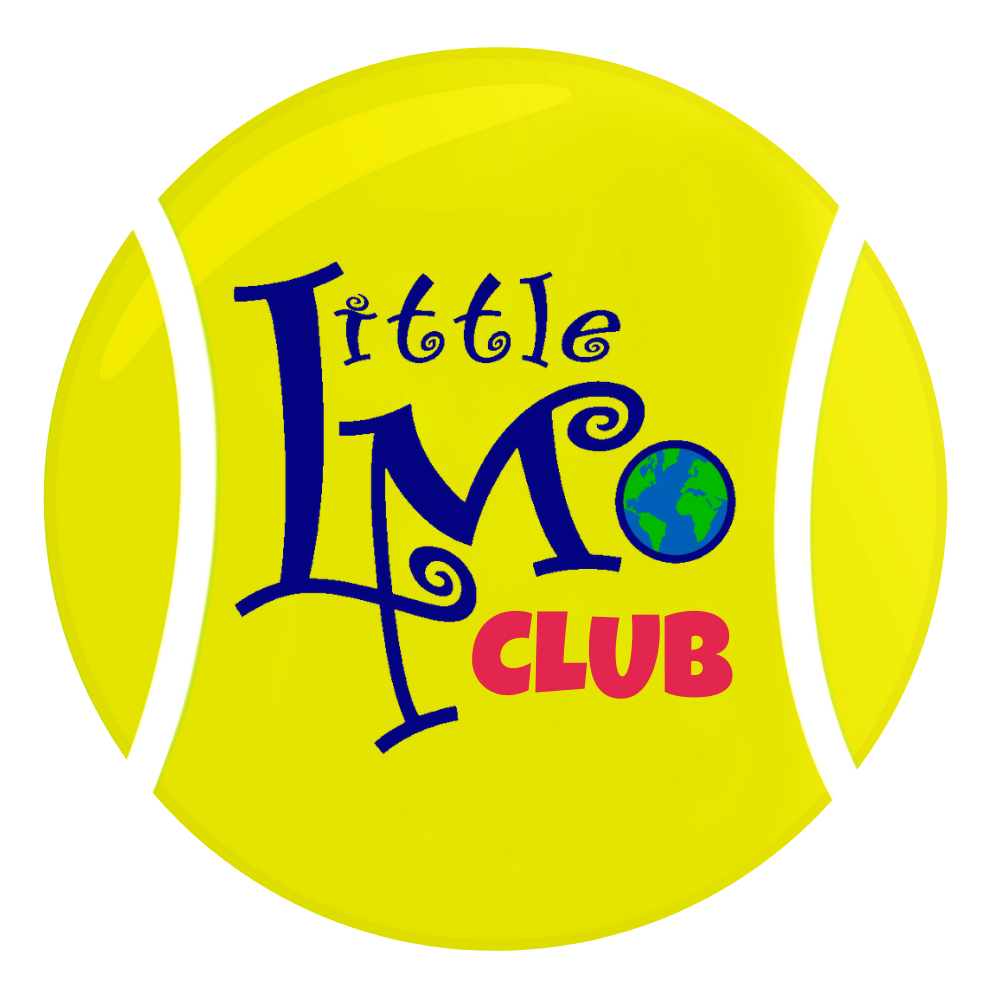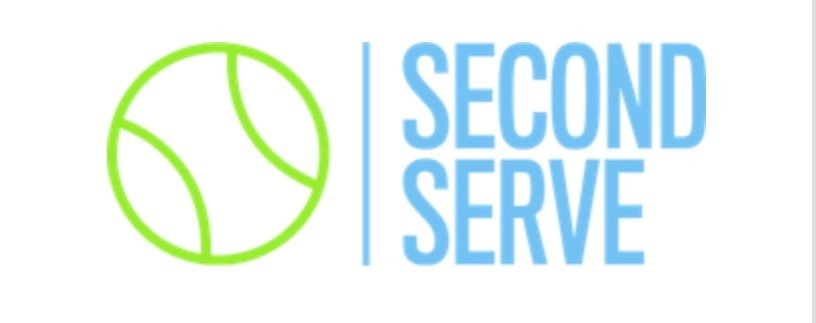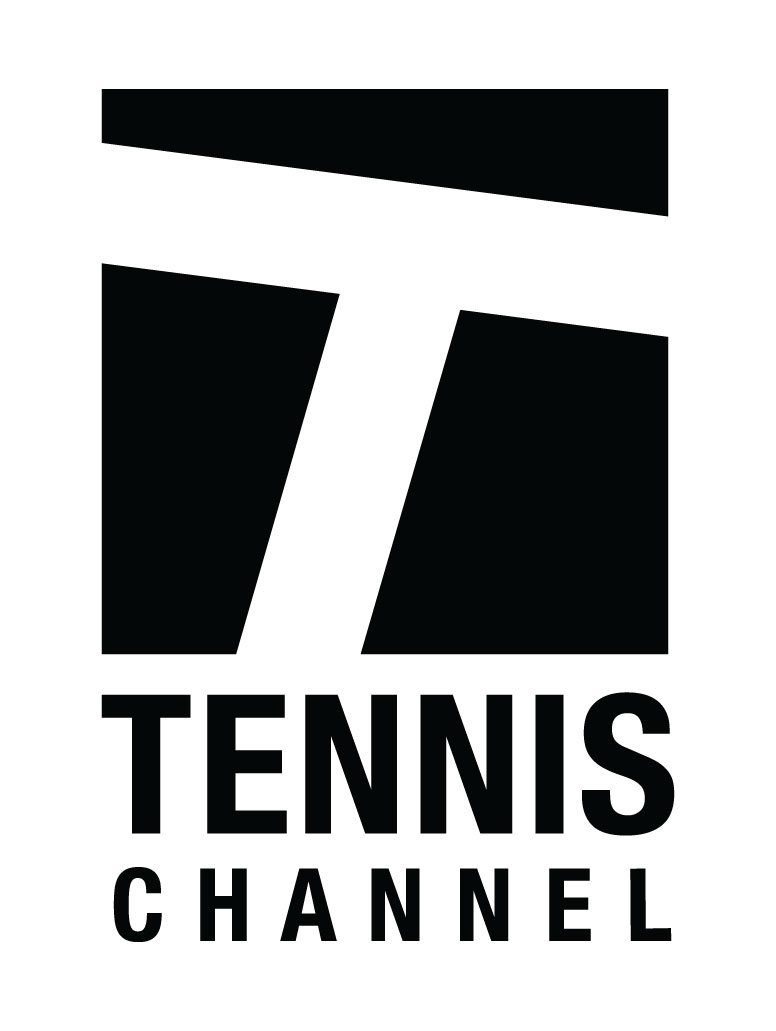What Are College Coaches Really Looking For?
Up Next
Danny Goes to College
My son has dreamed of playing college tennis since he was 9 years old. That’s the summer he first went to tennis camp at the University of Georgia. That’s the summer he got to be on the court with not only the head coach and assistant coach but, more importantly for him at that age, the guys who actually played on the team! He came home from that first 5-day experience with a new-found commitment to tennis and a goal that has stuck with him ever since.
So, as any dedicated Tennis Parent would do, I started educating myself about college tennis and what it takes to get one of a very few coveted positions on the team. I read articles. I spoke to parents who had already been-there-done-that. I googled NCAA and read up on the rules. And, I started paying closer attention when I heard the words “college” and “tennis” uttered in the same conversations.
And, now, several years later, I can honestly tell you that I know very little more than I did back then. The process is overwhelmingly confusing. Like everything tennis-related, or so it seems, there isn’t one clear-cut path.
What are the college coaches out there thinking? Are they confused about how to find the best players for their programs? What do the college coaches want to see from our players?
One parent wrote on ZooTennis.com: “Personally, I have heard many college coaches repeat ‘We don’t care about the rankings and ratings, we want a player with solid skills, a hungry heart and good work ethics — a player I can develop! AND, they need to be a good student! They should go to regular high school, learn to balance normal life, play other sports growing up!’”
Erica Jasper, Senior Manager of USTA Junior & Collegiate Competition, shared that “in our experience, college coaches use USTA rankings and results as well as the ratings from TennisRecruiting.net and other ratings sites. They also look at ITF junior results and rankings, ATP/WTA results and rankings. If they didn’t do that, they wouldn’t be doing their jobs. Also note that I said RESULTS. In our experience, college coaches, at least the good ones, look at results much more so than rankings.”
My question is: How does a kid get the opportunity to show what he can do against the top players if his ranking isn’t high enough to get into the top-level national events?
Coach Manny Diaz, head men’s coach of the Division 1 University of Georgia Tennis Team, says that players shouldn’t worry about playing in the highest level of national tournaments. He says the player’s goal should be to “win at whatever level you are at NOW. That is the only and true way to show how good you really are.”
Al Wermer, head men’s coach at Division 1 University of Toledo, suggests that alternative events – such as local pro tourneys or Futures events – for older juniors could provide valuable match experiences and exposure to coaches. Coach Wermer’s own player-evaluation protocol includes: 1) results on paper in real events; 2) eye-ball test (how they play); and 3) the intangibles which include traits such as academics, competitiveness, discipline, size, athletic potential, leadership, team-compatibility, motivation, etc.

LeTrone A. Mason, women’s head coach at Clayton State University, a D2 program in the Atlanta area, says, “If I see potential in you, I’ll recruit you.” He advises potential recruits to be realistic about where their skills will fit in, whether it’s Division 1, 2, or 3.
To find out how our kids are faring in terms of playing college ball, I decided to go to The Source, Patrick McEnroe, USTA’s General Manager of Player Development. He told me that, of the “top 300 boys and girls ranked nationally by the USTA, an overwhelming number are getting tennis scholarships (85% of boys, 87% of girls).” And, some of our top-ranked juniors who aren’t getting those scholarships are going to Ivy League or to top D3 schools which don’t have scholarships. Still others are in college and playing tennis but not getting athletic scholarships because they’re getting need-based financial aid instead.
However, Coach Mason has found that American kids tend to want D1 or nothing, so D2 and D3 schools tend to recruit more internationally. He told me, “All coaches of course want top 10 players, but they can’t always get them. If the American players aren’t willing to consider a D2 or D3 school, then the coaches are left with no choice but to start looking outside the US to fill their rosters.” He went on to say that several scholarships go unused, especially on the women’s side, because players would rather give up playing tennis to attend a bigger-name school than play at a lesser-known one. So, to you parents of tennis-playing daughters, please do your homework and learn about some of these awesome D2 and D3 programs – there are spots on the teams and scholarships ripe for the picking.
A hot-button issue lately concerns the number of international players on American college tennis rosters. I asked Patrick McEnroe about that, too. His response: “In the 1970’s the NCAA looked into limiting foreign players for track & field teams, and it was deemed illegal. Neither the USTA nor ITA have any jurisdiction to limit foreign players.” Patrick says that “99.9% of the coaches out there, when looking at 2 players – one American, one international, who are of the same tennis ability, same academics, and same character – will choose the American player. So in essence we need more players and better players for our college coaches to recruit.”
All of this advice is very helpful, but to get the inside scoop, I spoke with a parent and player who have very recent experience with recruiting. Check back tomorrow to read their story.
IMPORTANT LINKS:
National Association of Intercollegiate Athletics (NAIA)
Active.com Guide to Tennis Scholarships












